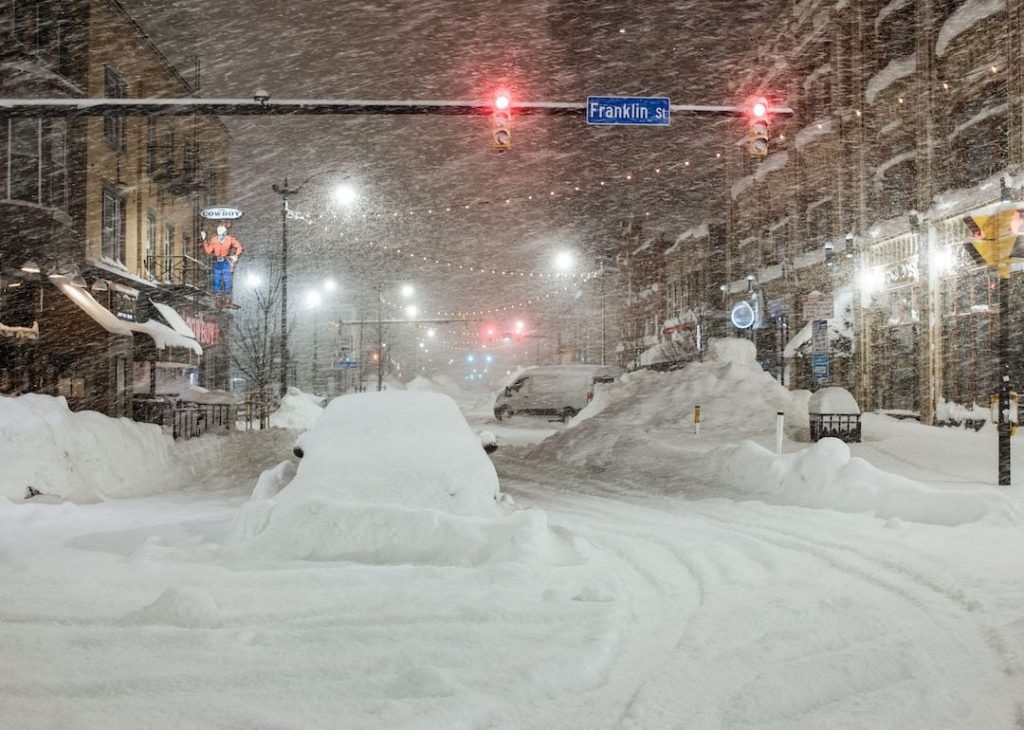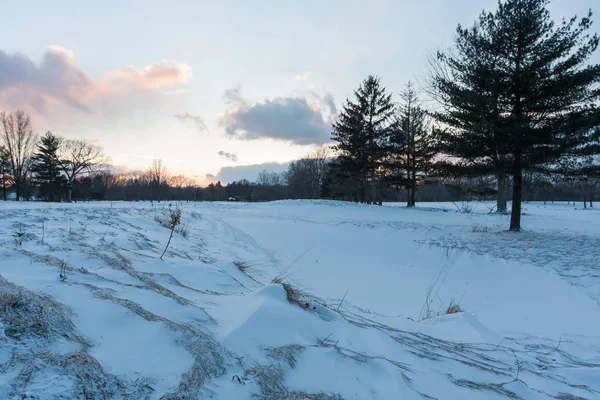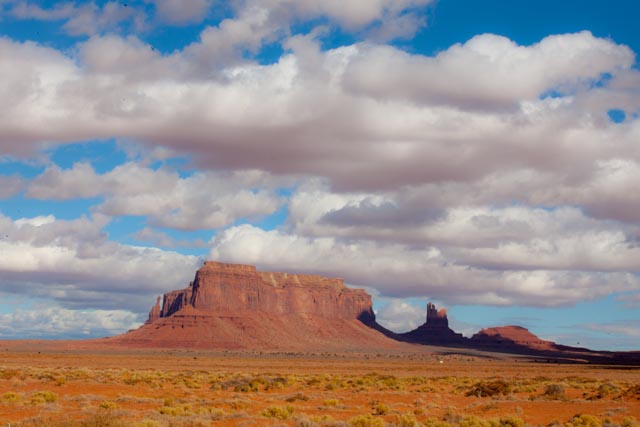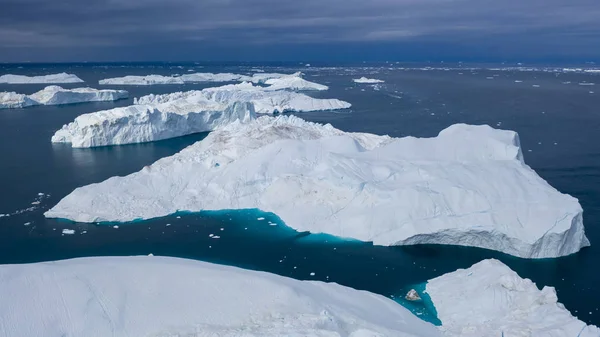
As one wiser and more seasoned voice once said, “Winter is the time for comfort, for good food and warmth, for the touch of a friendly hand.” But comfort, during the colder months, at least, can begin with knowing what’s coming. The Old Farmer’s Almanac has released its 2025-2026 winter outlook, and while much of the nation can expect a mild, dry season, pockets will see weather that goes contrary to the norm. These forecasts, based on climatology, meteorology, and solar science, boast an 80% accuracy rate, making them very reliable for farmers, gardeners, travelers, and anyone who plans ahead.

1. A Mild, Dry Winter for Most
In general, the theme is for milder temperatures, along with below-average snowfall, from the Pacific Northwest to New England. This pervading pattern comes on the heels of an extremely hot summer and will be a welcome respite for those tired of extreme weather. The Almanac’s forecasts fall in line with broader climate signals, including a fading La Niña and steady ocean oscillations that help steer jet streams and storm tracks.

2. Appalachia’s Split Snow Story
The Appalachians, stretching from western New York to western North Carolina, will have below-normal temperatures. Snowfall will split along the range: less than normal in the north and more plentiful in the southern mountains. Says Editor Carol Connare, “Bundle up and prep for winter chores especially in the southern mountains.”

3. Southeast’s Surprise Snow
Much of the Carolinas and Georgia will run colder than normal, with unexpected snow bursts in mid-December and late January, particularly in North Carolina. Such events could bring brief travel delays; keeping flexible holiday plans may be wise.

4. Florida’s Wet and Mild Season
November’s lingering tropical activity will have the Sunshine State off to a wet start. Winter visitors might also be surprised that cooler-than-average temperatures are expected in both December and January. For those planning their trips, NOAA’s Climate Prediction Center notes winter is already Florida’s dry season-so extended rain could be an anomaly worth preparing for.

5. Ohio Valley’s Cold and Snowy East
The coldest will be Kentucky, West Virginia, and southern parts of Illinois, Indiana, and Ohio. Snowfall will be near normal on average, though West Virginia will see more snow than in recent years. Bret Walts of BAM Weather offered a note of caution that parts of the Ohio Valley are still considered in drought, so snowpack is an important resource for the region this winter.

6. Intermountain Region’s Snow Boost
From eastern Washington to northern Arizona, expect mild temperatures but above-average snowfall-mostly in the southern sector. Arizona and southern Utah are most likely to have their heaviest snows in late January to early February, with another surge in late March. Those planning to travel should be aware that peaks could coincide with prime ski conditions.

7. Desert Southwest’s Warm Winter Mix
Southern California into western Texas will experience warmer-than-normal conditions. Mountain areas will receive snow in early December and again around mid-January, while lower elevations will have rain. Above-normal precipitation for the eastern Desert Southwest may improve water reserves.

8. The Science Behind the Forecast
The Old Farmer’s Almanac is a blend of solar science, climatology, and meteorology; it hires AccuWeather to make the long-term forecasts. The recent peak of Solar Cycle 25, stable Atlantic and Pacific oscillations, and shifting stratospheric winds were all considered when making this year’s prediction. Teleconnections, like El Niño and La Niña, play the major role, but intraseasonal factors like the Madden-Julian Oscillation can provide short-term surprises.

9. Travel and Home Preparation Tips
Milder conditions could make driving and flight schedules easier for travelers, but regional deviations are possible. For reliable snow, skiers will want to focus on the Cascades, northern Rockies, or high-elevation resorts in the Appalachians and Intermountain West. Homeowners can prepare by checking insulation, servicing heating systems, and making sure gutters are free of debris in case the region sees unexpected precipitation.

10. Why Accuracy Matters
Last winter, the Almanac was accurate 86.1%, better than its long-time average. Of course, no forecast is perfect, but long-range predictions help guide everything from planting crops to budgeting energy. And, as NOAA’s Sarah Kapnick notes, “The science and the forecasts and the predictions only have value if they’re used.”
Whether the season ahead brings mild comfort or pockets of wild weather, the knowledge of what’s likely to come offers a sense of preparedness-and perhaps the peace of mind to enjoy winter’s quieter charms.


